0

After more
than a decade of regulatory ping pong, net neutrality’s future in the United
States is still unclear.
Since
2004, FCC rulemakings have been caught in a vicious cycle. They have been passed,
fought in court, and returned to the FCC with minor (and sometimes major)
revisions. In the last few years there have also been numerous attempts to pass
legislation, cementing net neutrality once and for all, but nothing has
succeeded in Congress.
Recognizing
the importance of finding a sustainable solution, the Internet Society proposed
a collaborative process to help experts find common ground on this
complex policy issue. Starting in June 2018, we convened an ideologically
diverse group of experts to create a baseline set of principles for an open
Internet.
The Net Neutrality Experts’ Roundtable series included representatives from the technical community, edge providers, academia, Internet service providers, industry associations, and both left- and right-leaning civil society groups.
In a
series of meetings over ten months, participants discussed
how to create a sustainable solution for net neutrality that
protect the interests of Internet users while fostering an environment that
encourages investment and innovation.
Ultimately, the group was able to create a consensus-driven set of bipartisan principles for an open Continue reading
 The vendor has reportedly reached deals to buy container security startup Twistlock for between...
The vendor has reportedly reached deals to buy container security startup Twistlock for between...






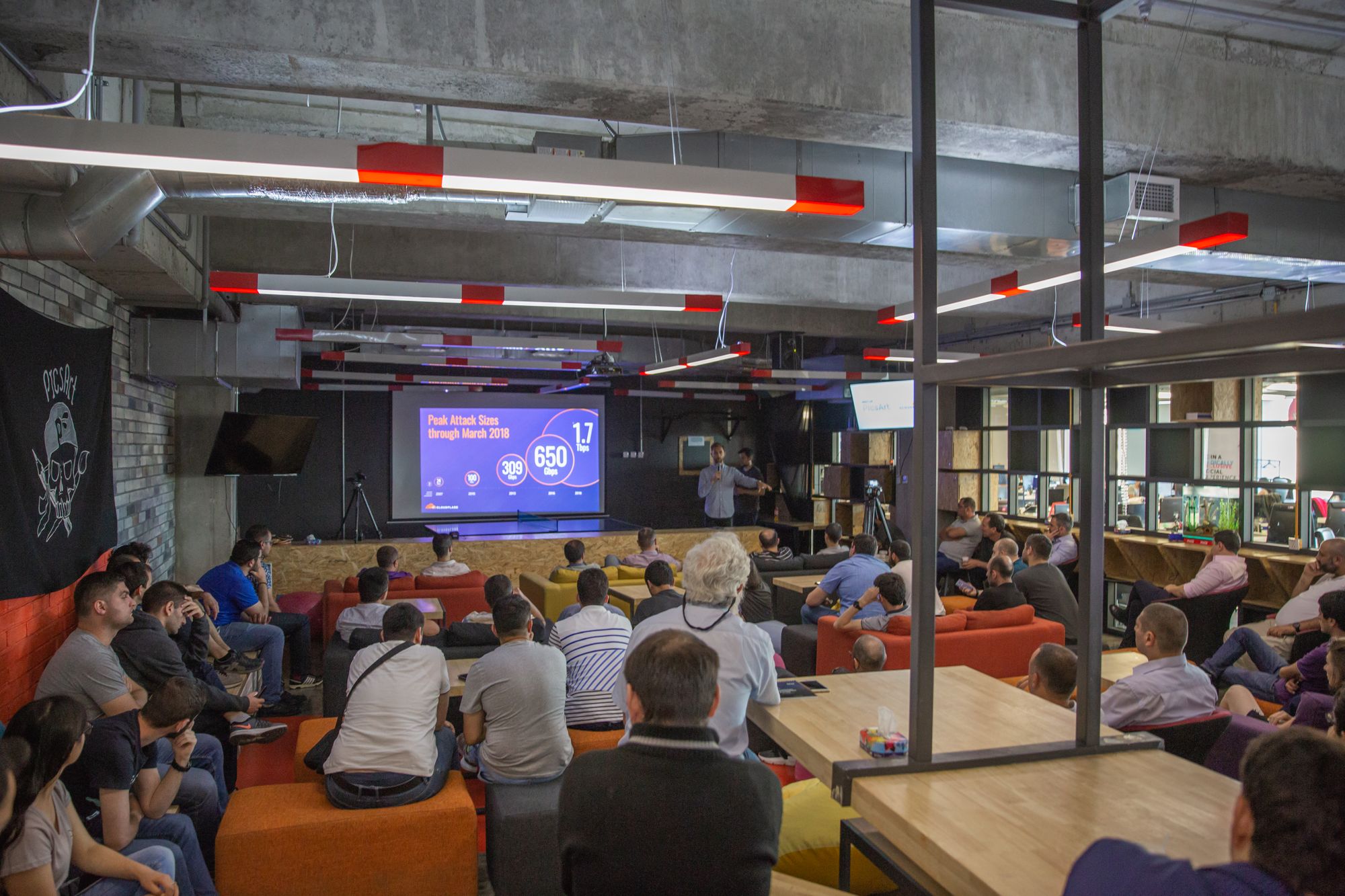
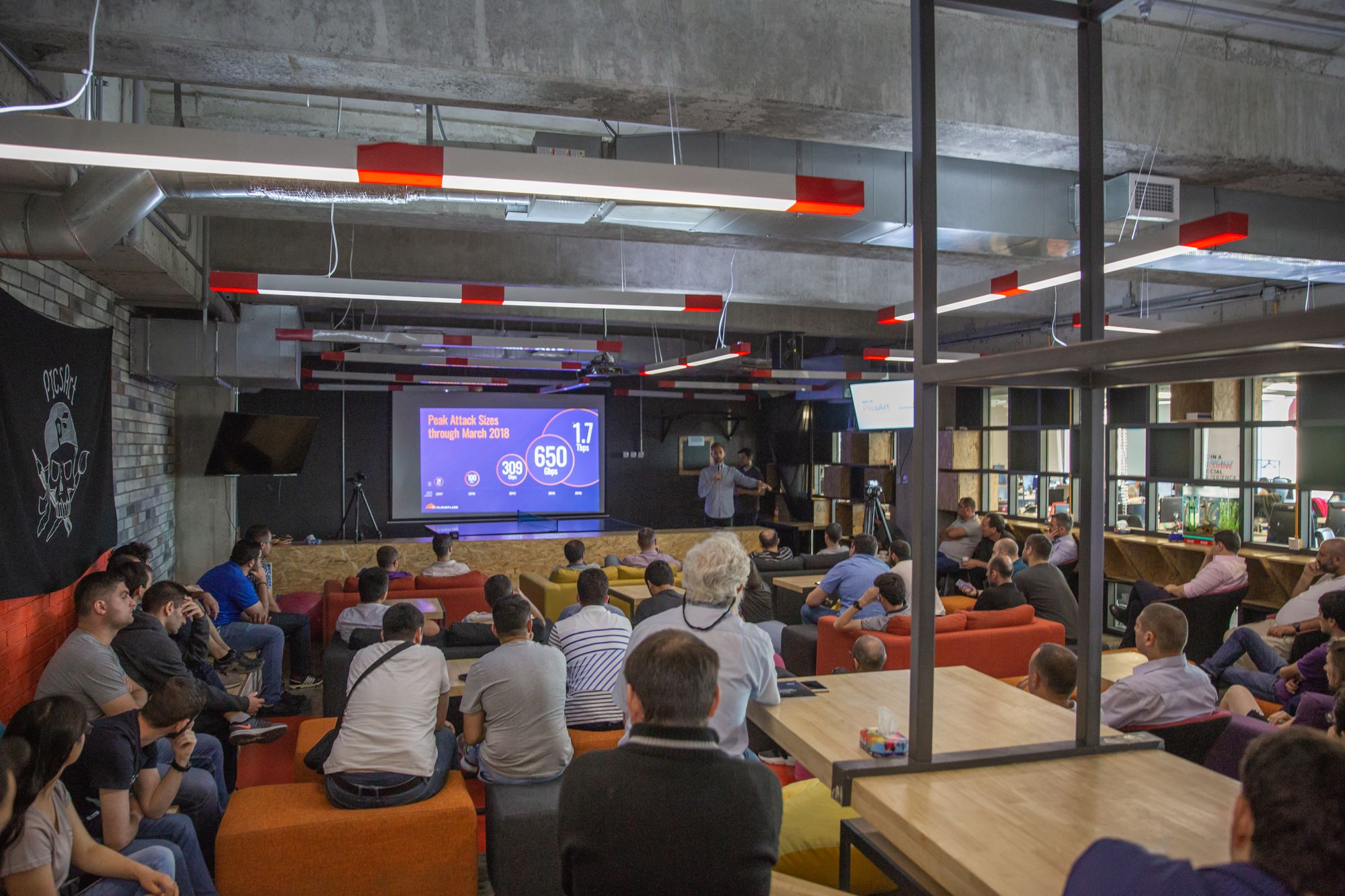
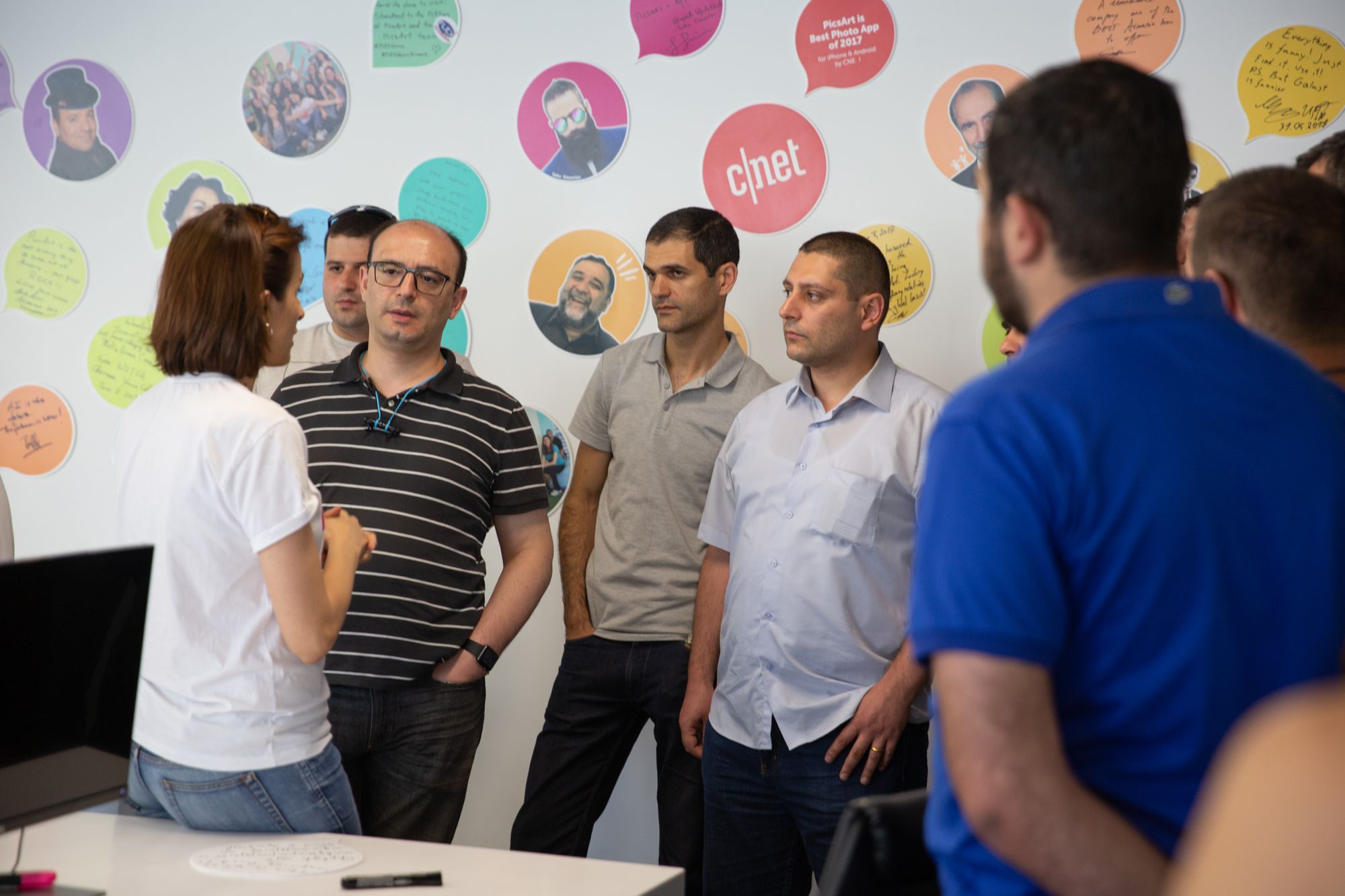
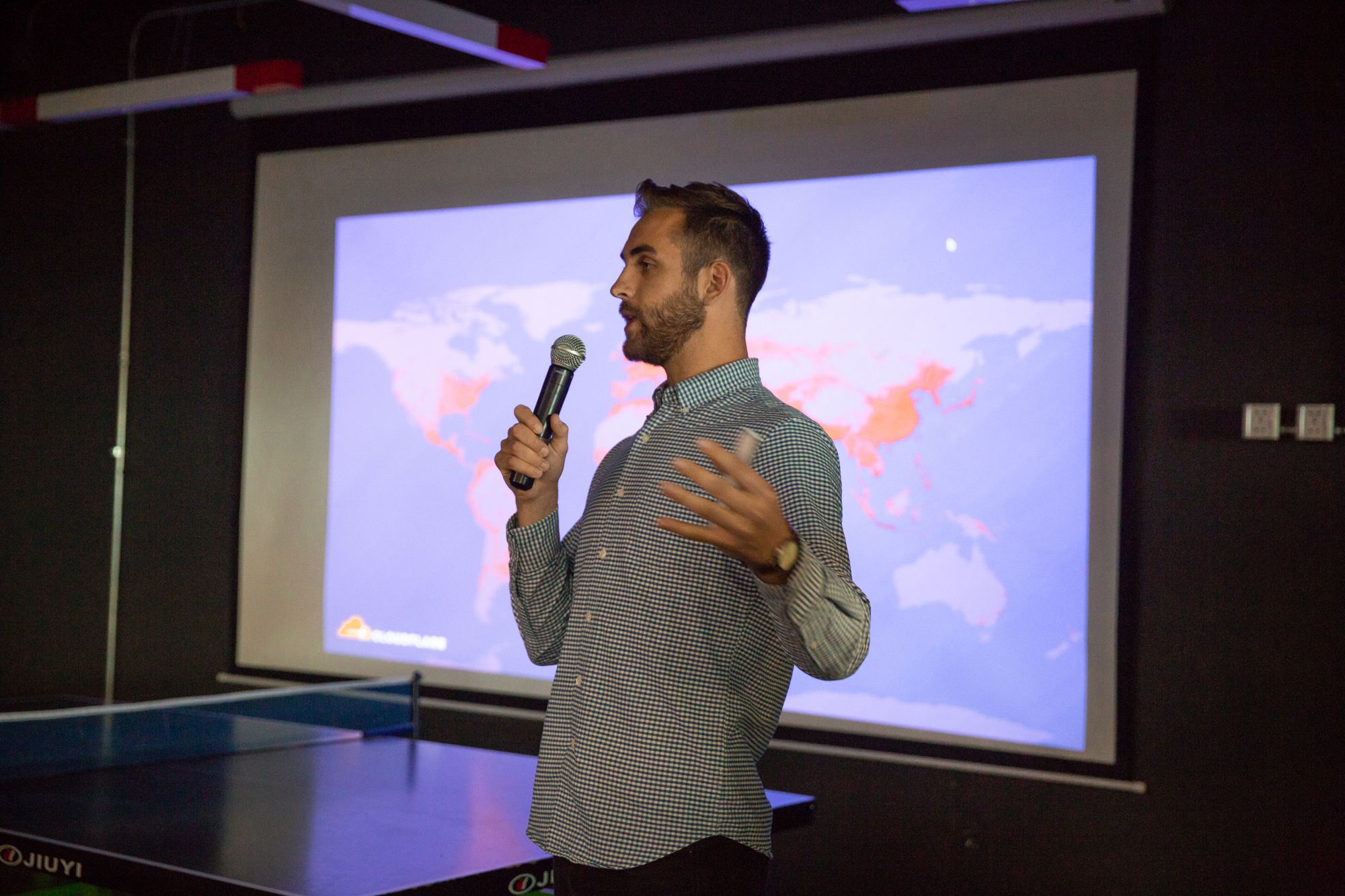
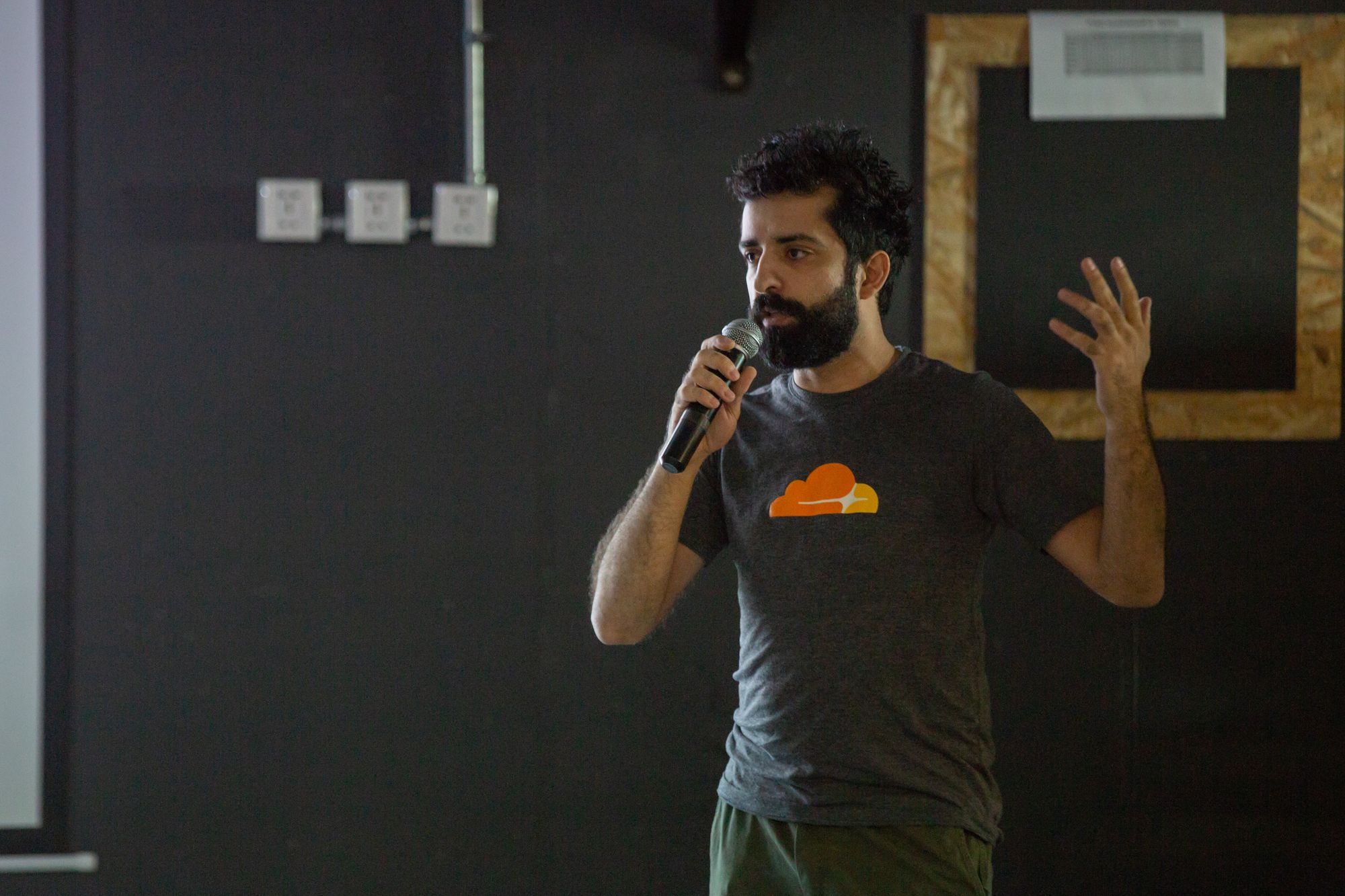




 The server manufacturer also said it will contribute an open firmware development kit to the...
The server manufacturer also said it will contribute an open firmware development kit to the... If Sprint and T-Mobile gain approval from regulators to merge, it will impact infrastructure...
If Sprint and T-Mobile gain approval from regulators to merge, it will impact infrastructure...